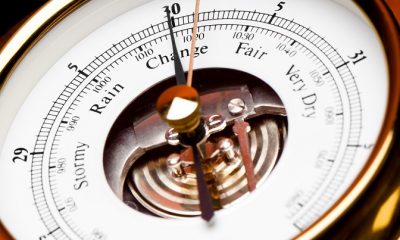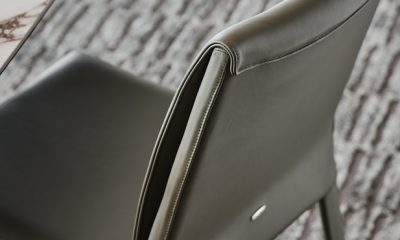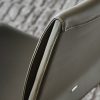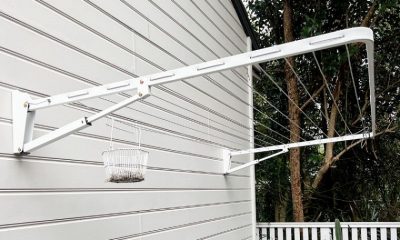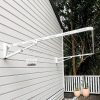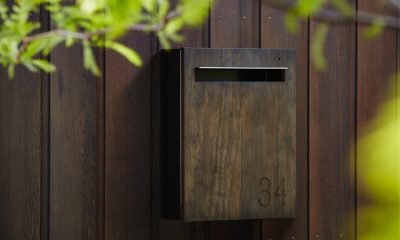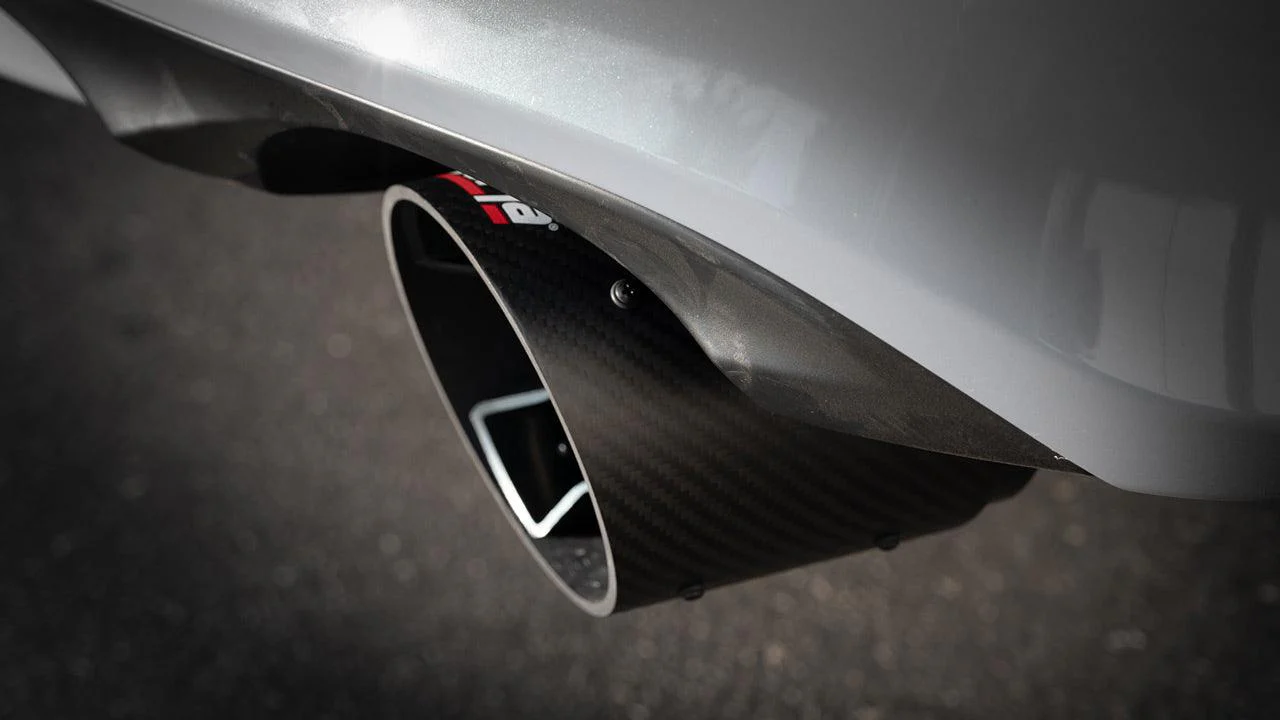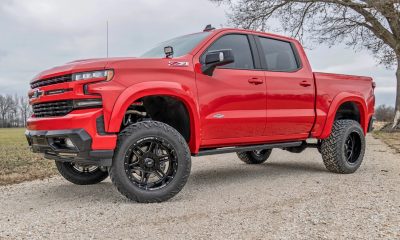House & Garden
The Complete Guide to Planer Thicknessers
If you work with wood, planer thicknessers along with table saws are undeniably one of the most important pieces of kit for your workshop or garage. Thicknessers do just as they say, they plane and smooth lengths of soft and hardwood to a consistent thickness and width. Good thicknessers will help you get the irregularities out of wood faster and create seamlessly flat surfaces on both sides. And this can save you quite a bit of cash when sourcing cheaper, but less-than-perfect timber to begin with.
Parts of Planer Thicknessers and How They Work
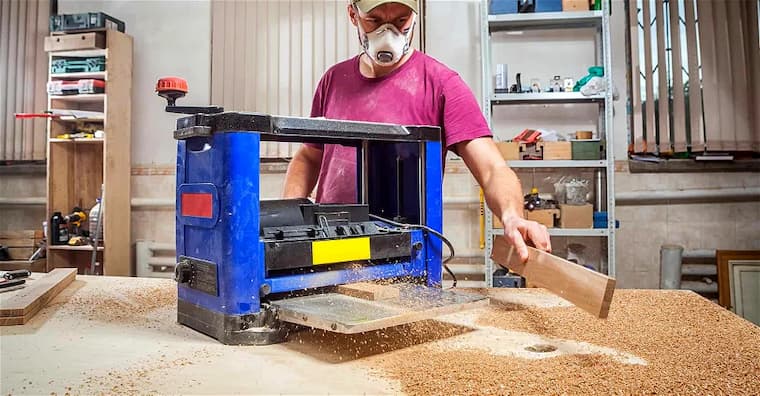
source: diygarden.co.uk
A planer thicknesser consists of four basic parts, a table bed that is (often) height adjustable, a cutter head sitting perpendicular to the table, in-feed rollers that pull the wood piece in at a designated speed, and out-feed rollers that push the smoothed piece out the other side. The process of how wood is brought to a perfect finish can be understood with a better working knowledge of the parts.
A table bed is the smooth flat surface on which a flattened workpiece (performed previously with a planer of jointer) is placed. There are differences in differently sized thicknessers. In smaller and portable thicknessers, the metal table bed is fixed, and the cutter head adjusts to the required depth of cut. Stationary and bigger thicknessers, on the other hand, have adjustable tables and fixed cutter heads. If working with exceptionally long pieces of wood, look for thicknessers with table bed extensions.
The cutter head is the business end of a thicknesser. This is located above the table bed and consists of two or more blades that rotate thousands of times each minute to remove imperfections with each run of the wood. When shopping for thicknessers, the length of the cutter head is one thing to go by. Most start out at around 300mm, while bigger cutter heads are 620mm or more. This impacts board width. Another measurement is the maximum height between the cutter head and the table, as this determines the thickness of the wood you can work with.
In-feed rollers grip the wood and move it toward the cutter head. These can be of different types. Smooth rollers are a feature of portable planer thicknessers and are preferred in that they don’t leave marks. And they’re ideal when working with smaller workpieces. Serrated rollers are found in larger standalone thicknessers, and are best when removing material at a faster rate. However, they can leave marks. Lastly, segmented rollers in industrial thicknessers allow you to plane and smooth wood of different thicknesses as the rollers adjust automatically to each piece.
Out-feed rollers perform the double function of helping the wood exit the machine while also keeping it put against the table bed. These are always of the smooth type (neoprene in portable and solid steel in standalone thicknessers) to avoid spoiling the wood surface.
Other parts improve precision, speed and general safety, and usability, Depth of cut gauges and thickness scales ensure you get the desired board thickness; feed speed controls adjust the speed at which the wood is moved through the thicknesser, and winding cranks or handles fitted atop the machines allow for setting the height. Most thicknessers will also be compatible with extraction vacuums to quickly gather ejected chips.
Choosing the Right Planer Thicknesser for Your Application
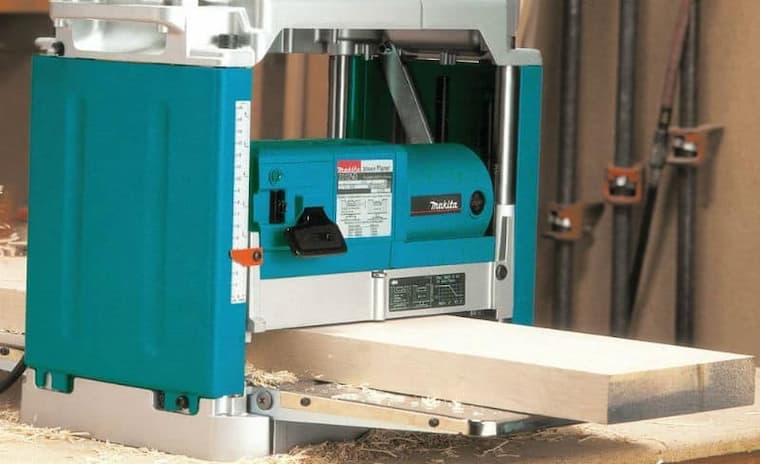
source: pyracantha.co.uk
Portable and benchtop thicknessers will be more than adequate for most DIY and professional projects with standard-sized wood stock. For large-scale operations, where speed is most important, and working with wide and long wood pieces, larger industrial machines or a combo thicknesser and planer-jointer may be a better option. Just ensure you have the space to fit it. With that said, choosing a thicknesser will be based on several crucial factors;
- Motor Ratings – The power of the motor determines whether the machine can handle larger cuts in wider materials. Smaller portable units average between 1300 and 1500W and will be more than capable in DIY work. Thicknessers with 1800 to 2000W can plane and smooth larger pieces of both hard or softwood with ease. The power ratings in motors do affect the overall price, but you do get more usability out of bigger units.
- Planing Width – The majority of thicknessers are comfortable with wood at 300 to 350mm wide, so smoothing wood for things like door or window frames shouldn’t be an issue. Larger standalone machines generally have a planing width of 400 to 600mm and can better manage differently sized boards.
- Planing Depth – This refers to the amount of material the machine can remove with a single pass. Most portable and smaller benchtop thicknessers top out at 3mm, but this can also be adjusted to shallower depths when you require outright precision. Bigger variants will do deeper, so are better suited to irregular wood pieces with lots of imperfections. Go for a bigger thicknesser with more planing depth if you need quick stock removal.
- Thicknesser Capacity – This is called passage height and is the overall thickness of the wood that can be accommodated between the cutter head and table. A standard capacity is 152mm for benchtop variants. Standalone units naturally can work with thicker pieces.
- Build Quality and Additional Features – Of course, your investment to last. Go with thicknessers from established power tool brands to ensure you’re getting a machine that is well-assembled and has quality parts. Particularly look into the durability of the steel used in the cutting blades, as these are parts that you’ll be changing frequently. Also, consider safety features like emergency stop buttons for safety, and planing locking mechs for precision and cleaner cuts.
Writing for the blog since 2012, Chris simply loves the idea of providing people with useful info on business, technology, vehicles, industry, sports and travel – all subjects of his interest. Even though he sounds like quite the butch, he’d watch a chick flick occasionally if it makes the wife happy, and he’s a fan of skincare routines though you’d never have him admit that unless you compliment his impeccable skin complexion.

